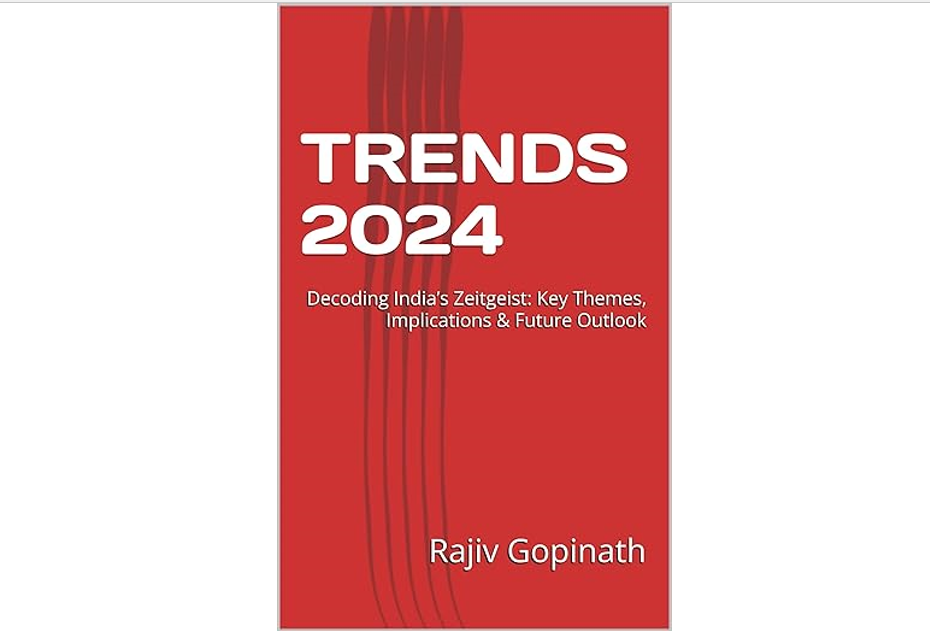The Influence of Streetwear Culture on Brand Identity and Merchandising
Introduction: From Subculture to Commercial Paradigm
What began as a countercultural movement rooted in skateboarding, hip-hop, and graffiti has transformed into one of the most influential forces in contemporary brand strategy. Streetwear—once defined by graphic T-shirts, limited-edition sneakers, and community-driven authenticity—has evolved into a sophisticated commercial paradigm that transcends fashion to reshape how brands across industries approach identity, distribution, and consumer engagement. When Louis Vuitton appointed Off-White founder Virgil Abloh as artistic director, or when McDonald's created limited-drop merchandise collections, these weren't merely fashion plays but strategic adoptions of streetwear's core principles. According to research from Boston Consulting Group, the global streetwear market reached $185 billion in 2019, representing a fundamental shift in consumer values that prioritizes cultural cachet over traditional luxury signifiers. McKinsey's "State of Fashion" report identifies streetwear's influence extending far beyond apparel into beauty, technology, and home goods categories. This article examines how streetwear culture has redefined brand strategy, the psychological principles driving its effectiveness, and how digital transformation has both democratized and institutionalized streetwear's once-rebellious ethos.
1. The Evolution of Streetwear: From Counterculture to Corporate Strategy
The trajectory of streetwear reveals complex dynamics between subcultural authenticity and commercial adoption:
a) Historical Origins and Cultural Foundations
- Emerged from 1980s underground scenes blending skateboarding, hip-hop, surf culture, and punk's DIY ethos.
- Sociologist Pierre Bourdieu's cultural capital theory explains how streetwear functions as both identity signifier and exclusive knowledge system.
- Professor Elizabeth Currid-Halkett's "inconspicuous consumption" framework identifies streetwear as the evolution of status signaling from overt luxury to cultural knowledge.
b) The Taxonomy of Streetwear Influence
- Product strategy: Limited releases, collaborations, and drop model merchandising.
- Brand narrative: Community-driven authenticity, founder-centered storytelling, and subcultural knowledge.
- Distribution approach: Artificial scarcity, direct-to-consumer channels, and experiential retail.
- Marketing methodology: Insider communication, cultural collaboration, and anti-marketing aesthetics.
2. Psychological Drivers: The Potent Appeal of Streetwear Principles
The effectiveness of streetwear strategies is rooted in consumer psychology:
a) Scarcity and FOMO Mechanics
- Behavioral economists identify artificial scarcity as triggering loss aversion bias, where anticipated regret drives purchase acceleration.
- Professor Jonah Berger's research demonstrates how perceived exclusivity creates 2.3x higher desire than perceived quality alone.
- Example: Supreme's limited weekly "drops" generating both digital and physical queues despite minimal product differentiation.
b) Community and Identity Signaling
- Streetwear purchases function as tribal signifiers and knowledge demonstrations rather than traditional status displays.
- Research from Harvard Business School reveals that 76% of streetwear consumers cite "belonging to a community" as a primary purchase driver.
- Example: Nike's SNKRS app transforming product acquisition into a gamified knowledge test that rewards subcultural expertise.
3. Strategic Applications: Beyond Apparel Categories
Streetwear principles have transformed brand strategy across diverse sectors:
a) The Collaboration Imperative
- Cross-brand collaborations create mutual cultural transfers and audience expansion.
- Example: Adidas x Ivy Park leveraging both Beyoncé's cultural authority and the sportswear brand's technical credibility, generating $3.8 million in revenue within six minutes of release.
b) Drop Culture and Merchandise Economics
- Limited, time-based releases create recurring engagement and media moments.
- Example: The North Face x Gucci collection applying drop mechanics to luxury, selling out within hours despite premium pricing.
c) Digital Community Building
- Discord servers, subreddits, and dedicated apps transform customers into community members.
- Example: Glossier's development from blog community to beauty brand, applying streetwear's community-first approach to an entirely different category.
4. Implementation Challenges: Navigating Authenticity and Scale
Adopting streetwear strategies presents significant challenges:
a) The Authenticity Paradox
- Corporate adoption of subcultural signifiers risks immediate credibility damage.
- Professor Sarah Banet-Weiser's work on "authentic" brands identifies the contradictions between subcultural roots and commercial scale.
b) The Sustainability Tension
- Drop models and artificial scarcity often conflict with emerging sustainability imperatives.
- Brands face increasing pressure to reconcile streetwear's disposability with environmental concerns.
c) Cultural Appropriation Risks
- Streetwear's roots in marginalized communities create ethical considerations around adoption.
- Professor Tanisha Ford's research on fashion and Black identity underscores the importance of attribution and respect in cultural borrowing.
5. Future Trajectories: The Evolution of Streetwear Influence
The streetwear paradigm continues to evolve in several directions:
a) Digital-Physical Integration
- Virtual products and NFTs extend streetwear's scarcity mechanics into digital realms.
- Example: Nike's RTFKT acquisition signaling the extension of sneaker culture into metaverse environments.
b) Community Ownership Models
- DAO structures and blockchain technologies enabling true community participation in brand direction.
- Example: Doodles NFT project evolving from digital collectibles to physical products through community governance.
c) Sustainability-Driven Reinterpretation
- Circular models reinventing streetwear's hype cycles for environmental responsibility.
- Example: Circular fashion platform Depop achieving unicorn status by enabling streetwear resale and extending product lifecycles.
Conclusion: The Enduring Strategic Value of Streetwear Principles
The influence of streetwear on brand strategy represents more than a passing aesthetic trend—it reflects a fundamental shift in how consumers relate to brands and how value is created in the digital age. By leveraging community dynamics, scarcity principles, and cultural collaboration, brands across sectors can create more engaged consumer relationships and more responsive product development cycles. However, successful implementation requires genuine cultural understanding, ethical consideration of streetwear's origins, and careful balance between exclusivity and scale. As digital transformation continues to reshape commerce, the most successful brands will be those that can authentically adapt streetwear's core principles—community, cultural relevance, and controlled distribution—while evolving beyond its potentially problematic elements of artificial scarcity and disposability.
Call to Action
For brand leaders seeking to strategically incorporate streetwear principles:
- Develop authentic cultural intelligence capabilities beyond traditional market research.
- Create cross-functional teams integrating merchandising, marketing, and digital experience to execute cohesive drop strategies.
- Implement community-building initiatives that precede rather than follow product development.
- Establish ethical guidelines for cultural collaboration that ensure appropriate attribution and compensation.
Featured Blogs

TRENDS 2024: Decoding India’s Zeitgeist: Key Themes, Implications & Future Outlook

How to better quantify attention in TV and Print in India

AI in media agencies: Transforming data into actionable insights for strategic growth

How the Attention Recession Is Changing Marketing

The New Luxury Why Consumers Now Value Scarcity Over Status

The Psychology Behind Buy Now Pay later

The Rise of Dark Social and Its Impact on Marketing Measurement

The Role of Dark Patterns in Digital Marketing and Ethical Concerns

The Future of Retail Media Networks and What Marketers Should Know
Recent Blogs

Ad Stock & Decay: The Invisible Hand Guiding Media Schedules

The Big Mac Illusion:What a Burger Tells Us About Global Economics

When Search Starts Thinking How AI Is Rewriting the Discovery Journey

CEP Tracker The Modern Brand Health Metric

Cracking Growth: How to Leverage Category Entry Points (CEPs) for Brand Advantage


